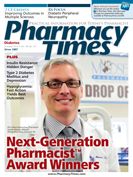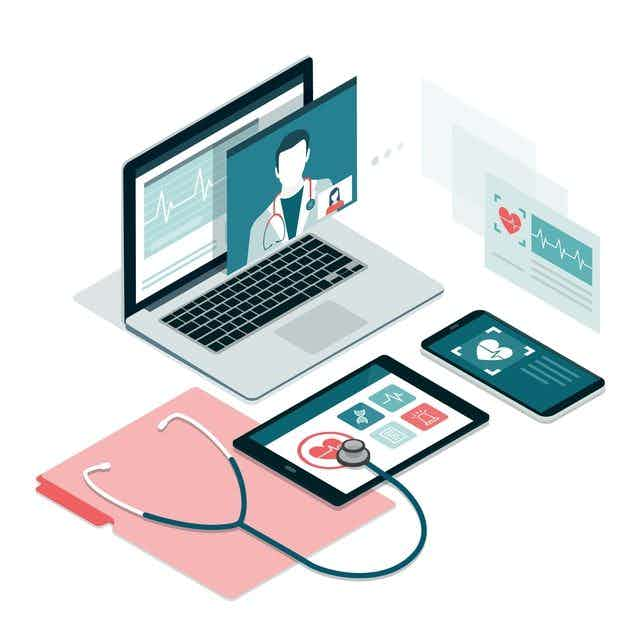Publication
Article
Pharmacy Times
Health App Wrap
Glucagon
The Glucagon app from Eli Lilly and Company is a tool that pharmacists can recommend to ensure their patients are prepared to use Glucagon in the case of a severe hypoglycemic event. Using a touch screen simulator, users can practice the step-by-step instructions for preparing and injecting Glucagon with the help of an interactive, animated tutorial. Users are asked if they would like to be reminded to practice again in 3 months. The application also highlights important safety information for Glucagon, including how it should be used, the potential side effects, and proper storage information.Patients can track the locations and expiration dates of all of their emergency kits in the kit log. Notifications can be set to alert the user that their medication kits have expired or are due to expire soon. Lastly, users can record important medical information to review with their health care providers in the notes section.
Price: Free
Compatible with: iPhone, iPod Touch, and iPad
Download: http://phrmcyt.ms/ ScPGxb
Mylan GBR Guide
Mylan’s Generic Brand Reference (GBR) Guide is a reference and educational tool that allows health care providers and pharmacists to quickly identify the generic name for a branded product or the brand name for a generic product. Based on the printed GBR Guide pocket handbook, this application contains a scrollable alphabetical index of drug products and smart search capabilities. It also offers reference tools and calculators, including laboratory reference values, functional calculators for common systems of weights and measures, and approximate practical equivalents, along with an interactive medical abbreviations converter.
Price: Free
Compatible with: iPhone, iPod Touch, and iPad
Download: http://phrmcyt.ms/NoxaoN
Micromedex Drug Interactions
With Micromedex Drug Interactions from Thomson Reuters (Healthcare) Inc, pharmacists can check a patient’s entire medication list simultaneously for potentially harmful interactions and view severity ratings that range from contraindicated to minor. Pharmacists can also see how certain drugs interact, how the results of these interactions will present in the patient, and what the recommendations are for monitoring patient outcomes. The price is $9.99 per year, but if a pharmacist’s institution already subscribes to Micromedex, Drug Interactions is free to the user.
Price: $9.99 per year
Compatible with: iPhone, iPod Touch, iPad, and Android devices
Download: Apple: http://phrmcyt.ms/O00oMi; Android: http://phrmcyt.ms/ Tw1xxg
APhA Druginfoline
Designed for current members of the American Pharmacists Association (APhA), this app provides weekly summaries of important clinical drug trials and takeaways from recent clinical literature. FDA actions are posted within a few hours of announcement. Featured topics of interest include cardiology, neurology, rheumatology, infectious diseases, oncology, and more. In addition to OTC medicines, drug interactions, and pharmacogenomics, DrugInfoLine offers detailed disease state information. Users can save their favorite articles in a dedicated spot for easy reference. Although the app is free, pharmacists must register with their APhA login for full access to the articles.
Price: Free Compatible with: iPhone, iPod Touch, and iPad
Download: http://phrmcyt.ms/QSQBmb
Pharmacy Times AR
The Pharmacy Times AR application, created by MDNG, developer of Pharmacy Times iPad Edition, is designed to bring the pages of your Pharmacy Times print editions to life. Every time you see a Pharmacy Times AR logo in the pages of your print issues, simply point your smart phone or tablet over the page and watch the images come to virtual life right before your eyes. The app’s augmented reality technology allows users to access expanded content such as exclusive videos, animated figures, and enhanced features.
Price: Free
Compatible with: iPhone and iPad
Download: http://phrmcyt.ms/OqNkQ4










